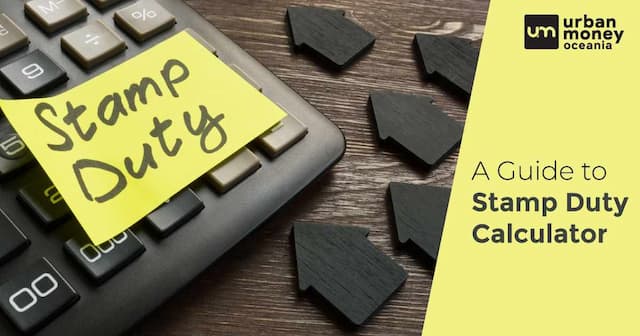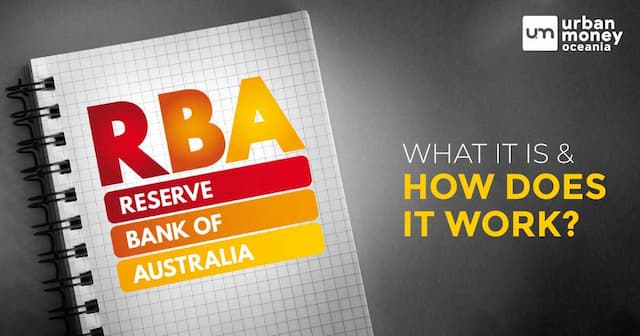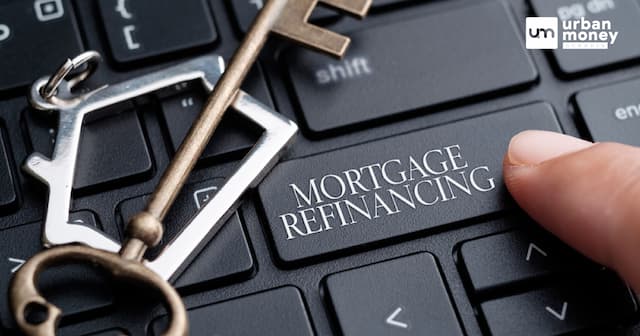Home Loan Guides

For a majority of Aussies, paying the price of a property upfront is implausible. It is precisely why millions of homeowners opt for a home loan that can be gradually repaid over time. When you play the game of loans, it is imperative that you have a deep understanding of the different trade-offs associated with each product. Educating yourself thoroughly on each loan type is a sure-shot way to ensure you have adequate information to make a well-informed decision. In this piece, we will take a look at the home loan product, its types, benefits, advantages and everything else you need to know.
Table of contents
What is a Home Loan?
In the simplest terms, a home loan is the amount of money an individual can obtain from a bank or loan provider in order to finance a purchase of a property. The borrower and lender come to an agreement to repay the loan amount over a loan tenure. The borrower is required to pay back the loan amount along with interest applicable throughout the tenure.
Types of Home Loans in Australia
Given below are the three main types of home loan products available in Australia:
Fixed Rate Loans
A fixed-rate home loan is a type of loan on which the interest rate is set on a pre-agreed amount and is typically fixed for a period of time between one year and five years. Since the rate is fixed, the amount you have to repay each month remains constant throughout the tenure and remains unaffected by fluctuations in interest rates.
Benefits
- Gives you the certainty that your repayment amount will not change over the loan tenure
- If the interest rate rises, you won't have to pay more till your fixed rate term expires
- If your fixed rate interest is low, you can end up saving thousands of dollars
Drawbacks
- Fewer home loan features
- You might not be able to make extra repayments
- It may be pricey or difficult to change your loan
Variable Rate Home Loans
What if the interest rates are not fixed for the particular loan tenure? That’s where variable loan rates come into effect. In these loans, the interest rates may be subject to change over a period of time depending on a number of factors, like how the lender responds to the changes in the RBA cash rate. It implies that you could end up paying more than you anticipated each month.
Benefits
- They have an introductory or teaser interest rate at the beginning of the loan tenure
- Homebuyers can opt for a more expensive home
- Provide more flexibility with the loan repayment
Drawbacks
- The repayment amount will rise if the interest rate increases
- The payments fluctuate over the loan tenure
- Variable mortgage rates are more complex to understand
Split Home Loans
Confused between a fixed rate and variable rate loan? You can always opt for a split home loan; this is basically a mixed home loan alternative that provides the dual benefits of the flexibility of a fixed-rate loan and the security of a variable-rate loan. In this type of loan, you are required to choose a tenure of the loan you would like to keep at a fixed rate, and the remaining tenure is applicable for a variable rate of interest.
Benefits
- The fixed portion of your home loan tenure will provide you with security against the rise in interest rates
- The variable portion allows you to save money when the interest rates fall
- Relieve the stress from constantly having to manage your household budget
Drawbacks
- You will have to pay more fees and charges on the part of the home loans that have been split
- You will potentially need to pay more variable components when the interest rate rises
- You can lose access to potential interest rate drops
What Is The Eligibility Criteria for a Home Loan?
Every lender has a set of criteria to process the home loan application. However, some basic criteria are the same with all the lenders, which allows them to determine if you will be able to repay the loan without any hardship. Given below are the eligibility criteria for a home loan in Australia:
- The minimum age of the home loan applicant should be 18 years old; there is no maximum age to make a loan application
- The applicant should be a permanent resident or citizen of India
- The house should have a clear title deed without any encumbrance
- Most lenders in Australia prefer applicants who have a deposit of at least 20% of the property value
- Lenders prefer an applicant with a high credit score of over 750
What Are The Documents Required to Apply for a Home Loan?
The documents you will be required to submit in Australia depend on the loan you are applying for and your home-buying circumstances. Given below are some of the common documents that you will be required to submit:
Identity Documents:
| Primary Documents |
|
| Secondary Documents |
|
Income Documents
| Salary or Wages |
|
| Self-employed Income |
|
| Government Income |
|
Advantages and Disadvantages of Types of Home loan
Given below is a quick look into the differences between each loan type and their advantages and disadvantages:
| Type of Loan | Advantage | Disadvantages |
| Fixed-rate Home Loans |
|
|
| Variable Rate Loans |
|
|
| Split Rate Loans |
|
|
Fees and Charges of a Home Purchase
Homebuyers usually incur two types of expenses; upfront costs while applying for the loan and ongoing costs when they have obtained the property. It is important to know your mortgage finances to understand both of these expenses:
Upfront Costs
Here are some costs a borrower will have to bear while obtaining a home loan in Australia:
- Lenders Mortgage Insurance
- Legal and conveyancing fees
- Building and pest inspections
- Stamp duty
- Buyer's agent
- Removalist costs
- Home loan fees
Ongoing Costs
Here are some of the expenses that a homebuyer will have to bear once they have purchased the concerned property:
- Council rates
- Strata and body corporate
- Regular maintenance and repairs
- Home and contents insurance
Frequently Asked Questions
Will home loan rates increase in December 2022?
Following the hike in RBA Cash Rate in November 2022, the interest rates for home loans in the major banks in Australia are expected to rise.
What type of home loan am I eligible for in Australia?
The type of home loan you are eligible for depends on your income, credit history, living expenses, and home-buying circumstances.
What is a Loan-to-Value Ratio?
The loan-to-value ratio can be defined as the amount of home loan, as depicted by a percentage of the value of the property bought using it.
How long does home loan approval take in Australia?
Getting a home loan in Australia can take up to 4 to 6 weeks from application submission to the disbursal of the loan amount.
Related Posts

Jul 12, 2023
What is a Stamp Duty?












